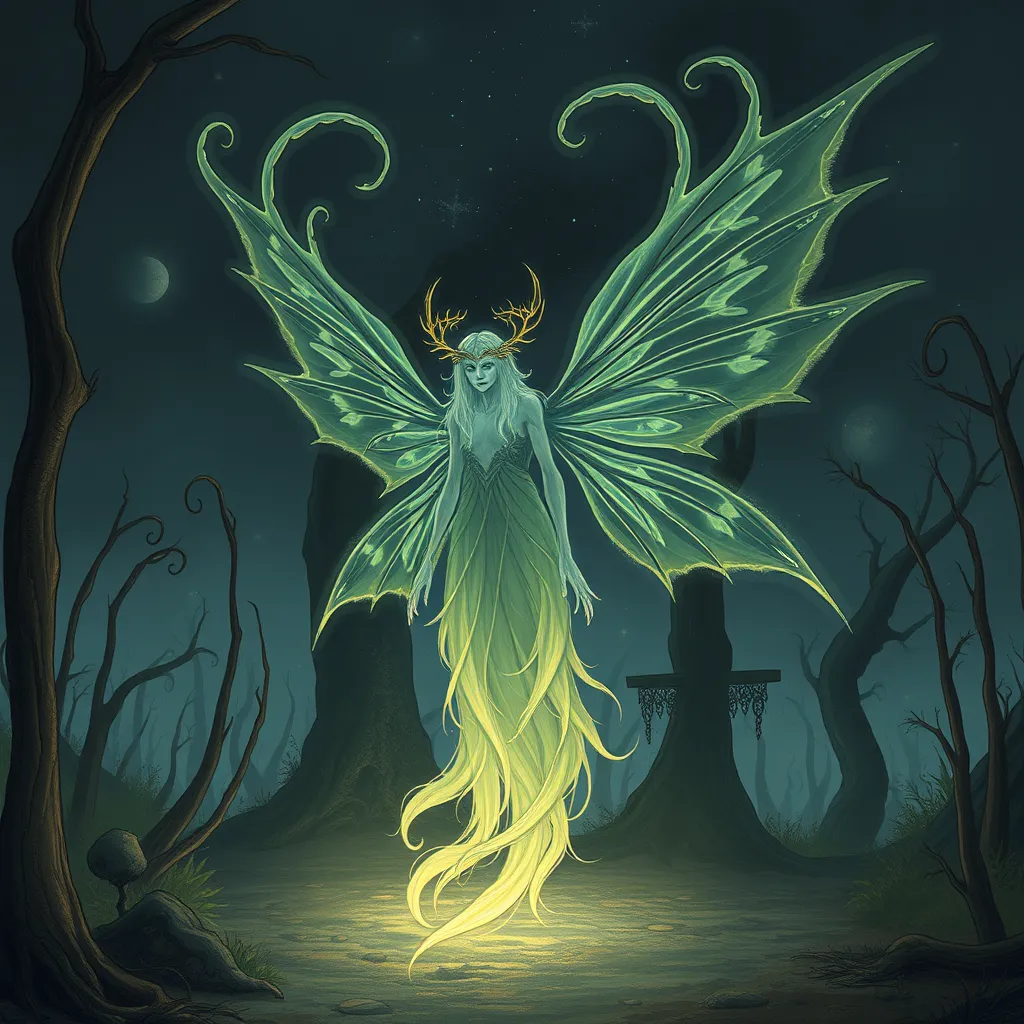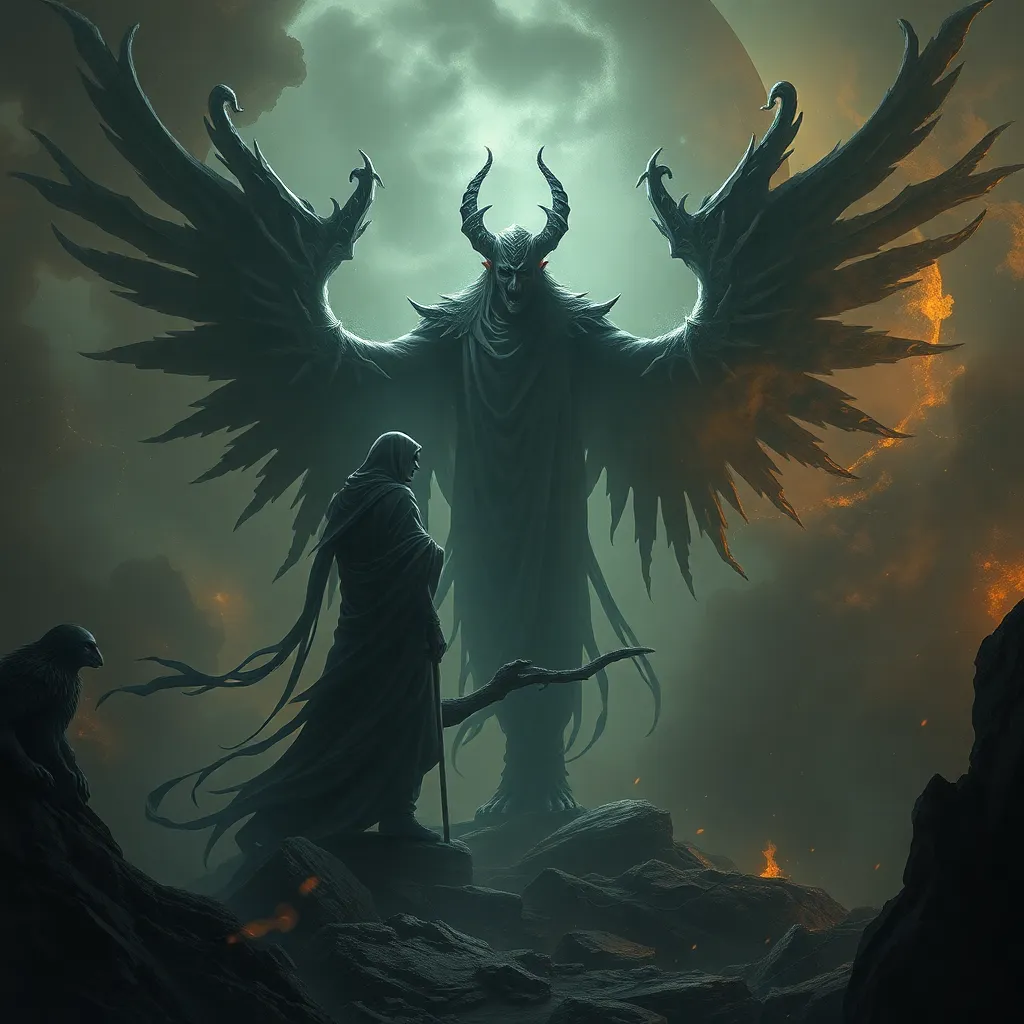Chupacabra in the Caribbean: A Tale of Colonialism and Superstition
I. Introduction
The Chupacabra, a creature steeped in mystery and folklore, has become a potent symbol of fear and superstition in the Caribbean. Defined as a creature that allegedly drains the blood of livestock, particularly goats, its origins date back to the 1990s, primarily in Puerto Rico. The Chupacabra legend offers a fascinating lens through which to examine the complex interplay of colonialism and local beliefs in the Caribbean context.
This article aims to explore the origins and evolution of the Chupacabra legend, delving into how colonial history has shaped local superstitions, and examining the significance of this mythical creature in contemporary Caribbean society.
II. Historical Background of Colonialism in the Caribbean
The Caribbean has a long history of colonial domination, with various European powers vying for control over its islands. Spain, Britain, France, and the Netherlands established colonies, each leaving an indelible mark on the region’s culture and identity.
- Overview of colonial powers: Spain was the first to colonize the Caribbean, followed by the British, French, and Dutch. Each power brought its own customs, traditions, and beliefs.
- Impact on indigenous cultures: Colonialism decimated indigenous populations and cultures through violence, disease, and assimilation, leading to a loss of traditional beliefs and practices.
- Introduction of European folklore: European settlers brought their own myths and legends, which blended with local beliefs, creating a rich tapestry of superstition that influenced the development of new legends.
III. The Emergence of the Chupacabra Legend
The Chupacabra myth first emerged in Puerto Rico in the mid-1990s, where reports of livestock being mysteriously drained of blood began to surface. The legend quickly gained traction, becoming a cultural phenomenon.
- Origins of the myth: The first widely publicized sighting occurred in 1995 in the town of Canóvanas, where several animals were found dead with puncture wounds. Eyewitnesses described a strange creature that resembled a reptile or a hairless dog.
- Key sightings: Numerous sightings followed, with reports spreading to other Caribbean islands and even parts of the United States, further embedding the creature in popular culture.
- Connection to livestock: The attacks on livestock highlighted the vulnerabilities of rural communities, particularly in agricultural practices, which were deeply intertwined with local identity and economy.
IV. The Chupacabra as a Symbol of Fear and Resistance
Beyond its role as a mere myth, the Chupacabra embodies deeper societal fears and cultural resistance in the Caribbean context.
- Representation of colonial fears: The Chupacabra can be seen as a manifestation of anxieties surrounding exploitation, loss of control, and the unknown, echoing the fears experienced during colonial rule.
- Cultural resistance: The legend serves as a means for communities to reclaim their narratives and assert their identities in the face of historical oppression.
- Folklore and cultural identity: The Chupacabra, along with other folklore, plays a crucial role in preserving cultural identity, allowing communities to connect with their heritage and shared experiences.
V. Superstition and the Modern Caribbean
In contemporary Caribbean society, superstition remains a powerful force, influencing daily life and community dynamics.
- Role of superstition: Superstitions often guide decision-making and social interactions, reflecting a blend of African, indigenous, and European beliefs that have persisted through generations.
- Modern sightings: Reports of Chupacabra sightings continue to emerge, often fueled by social media and community anecdotes, demonstrating the legend’s adaptability in modern times.
- Media influence: News coverage and entertainment media have played significant roles in keeping the legend alive, as sensationalized stories feed public interest and speculation.
VI. The Intersection of Science and Folklore
The Chupacabra legend has sparked interest not only among folklorists but also among scientists and skeptics.
- Scientific explanations: Some scientists attribute Chupacabra sightings to misidentified animals suffering from mange or other diseases, which could explain the unusual appearance of the creatures reported.
- Role of cryptozoology: Cryptozoologists often investigate sightings, seeking to validate and understand the phenomenon, further intertwining science and folklore.
- Community responses: Reactions to the Chupacabra myth vary; some embrace it as part of cultural heritage, while others approach it with skepticism, illustrating the ongoing dialogue between belief and rationality.
VII. Cultural Representations of the Chupacabra
The Chupacabra has permeated various forms of cultural expression, evolving over time and taking on new meanings.
- In literature and art: The Chupacabra has inspired numerous works of fiction, art, and music, reflecting its status as a cultural icon.
- Evolution of the image: Initially described as a reptilian creature, the Chupacabra’s depiction has changed through the years, influenced by popular media and societal perceptions.
- Comparative analysis: The Chupacabra shares similarities with other mythical creatures in Caribbean folklore, such as the La Llorona and the Duppy, which also embody themes of fear and cultural identity.
VIII. Conclusion
In summary, the Chupacabra legend is a powerful representation of the intersection between colonialism and superstition in the Caribbean. It reflects not only the historical fears and cultural resistance of the region but also the enduring role of folklore in shaping identity.
The Chupacabra serves as a reminder of the complexities of Caribbean culture, where history, myth, and contemporary life intertwine. As communities continue to navigate their post-colonial identities, the legend remains a significant aspect of their cultural landscape, illustrating the enduring power of folklore and superstition.




